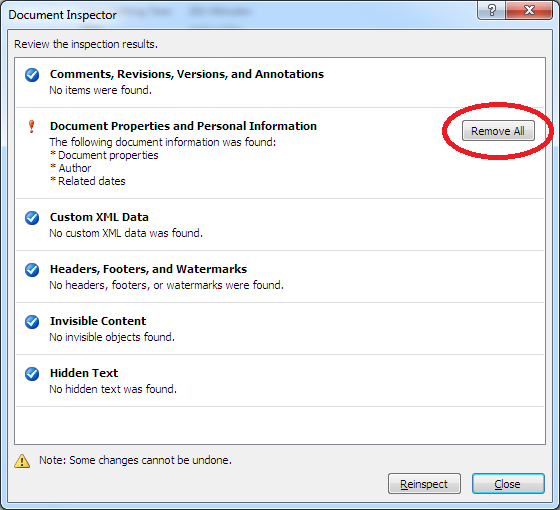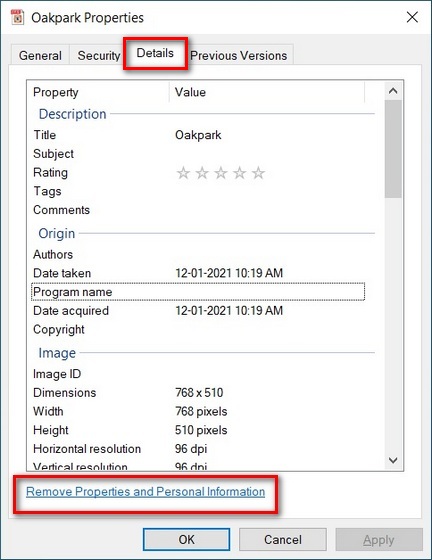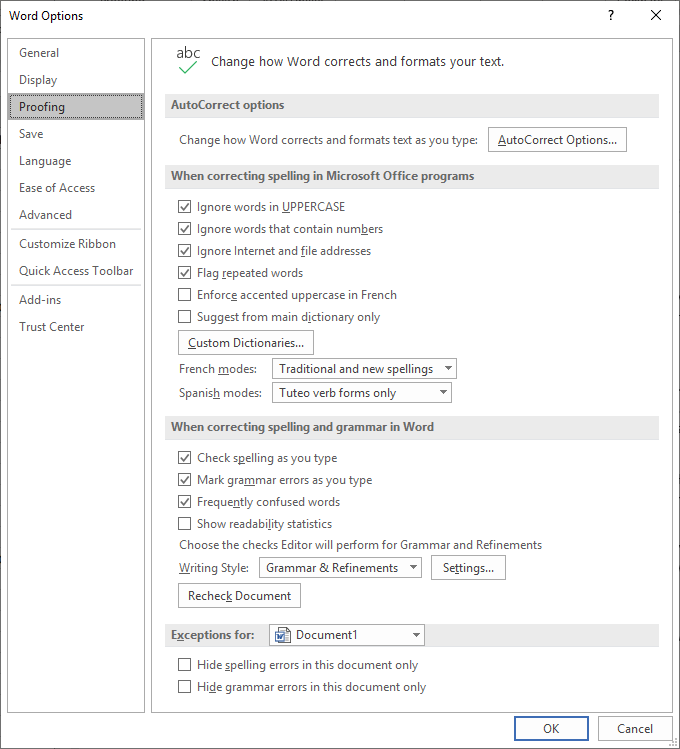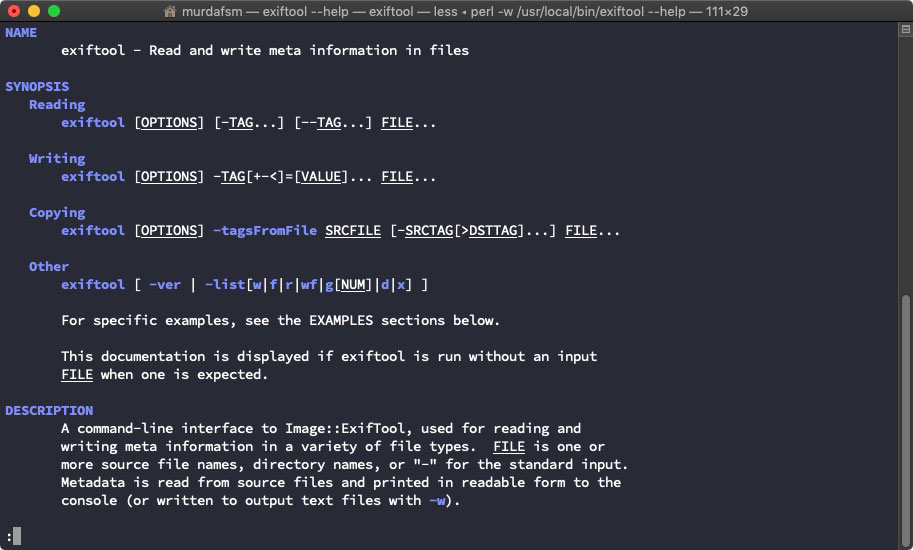

It will start inspecting for specified elements. Under Prepare for Sharing and from Check for Issues options, click Inspect Document.įIRST uncheck all the boxes EXCEPT the 2 nd one for Document Properties and Personal Information Then Click File to and then click on Info. Open the Word 2010 (or up) document which you want to thoroughly inspect for hidden elements.

Remove Personal Information from Word Documents (for Track Changes-who entered which track changes – the Author Name) The personal information (the name on the track changes) can be cleaned off a document. You want to send this document to a client, with the track changes, but NOT with everyone’s name on it. You must apply this setting to each document you use - it’s a document-specific setting, not a system-wide setting.In many documents, several people add their track changes, reviewing comments, and deletions. However, you can have Office automatically remove the metadata every time you save a file. There’s no built-in way to remove this information from multiple documents at once, nor is there an Office-wide setting to prevent Office from applying this data to documents. Unfortunately, you’ll have to use the Document Inspector tool to remove sensitive data from each individual document before you publish or share it with someone.

If you’re publishing a document you worked on, you’ll probably want to remove all this data rather than sharing it. The metadata will display the names of everyone who worked on the document as well as any comments, revision marks, ink annotations, and previous versions of the document. If you collaborated with other people while writing the document, it will contain even more data. The tool tells you whether your document contains this information. Headers, footers, watermark, and text formatted as hidden text could also be included, but won’t appear if you do a cursory skim of the document. Worse yet, there are other privacy implications here - you may want to publish a document on the web without your name associated with it, but your name will appear in the document’s properties by default. But the metadata could reveal tht you only worked on the TPS report for a few minutes, collaborated with other people, and that you used a template named “Useless TPS Report Template” when creating it. This can potentially be embarrassing - for example, you may send a TPS report to your boss and say you spent all day working on it alone. These properties will also contain the name of any template you used while creating the document, email headers, and other related information. Office saves document properties including details like the author, subject, title, the date you created a document, when you last modified it, and how long you spent working on the document. Of course, if you don’t want this metadata at all, you can just remove it without worrying about preserving a copy. You’ll then have a copy of the document with the metadata. For this reason, Microsoft recommends creating a new copy of the document (use the Save As feature) before removing the metadata and publishing the document. Note that you won’t be able to recover most of this metadata after deleting it. Click the Remove All button next to a type of metadata to remove it.

Click Inspect and Office will examine the document for metadata.


 0 kommentar(er)
0 kommentar(er)
